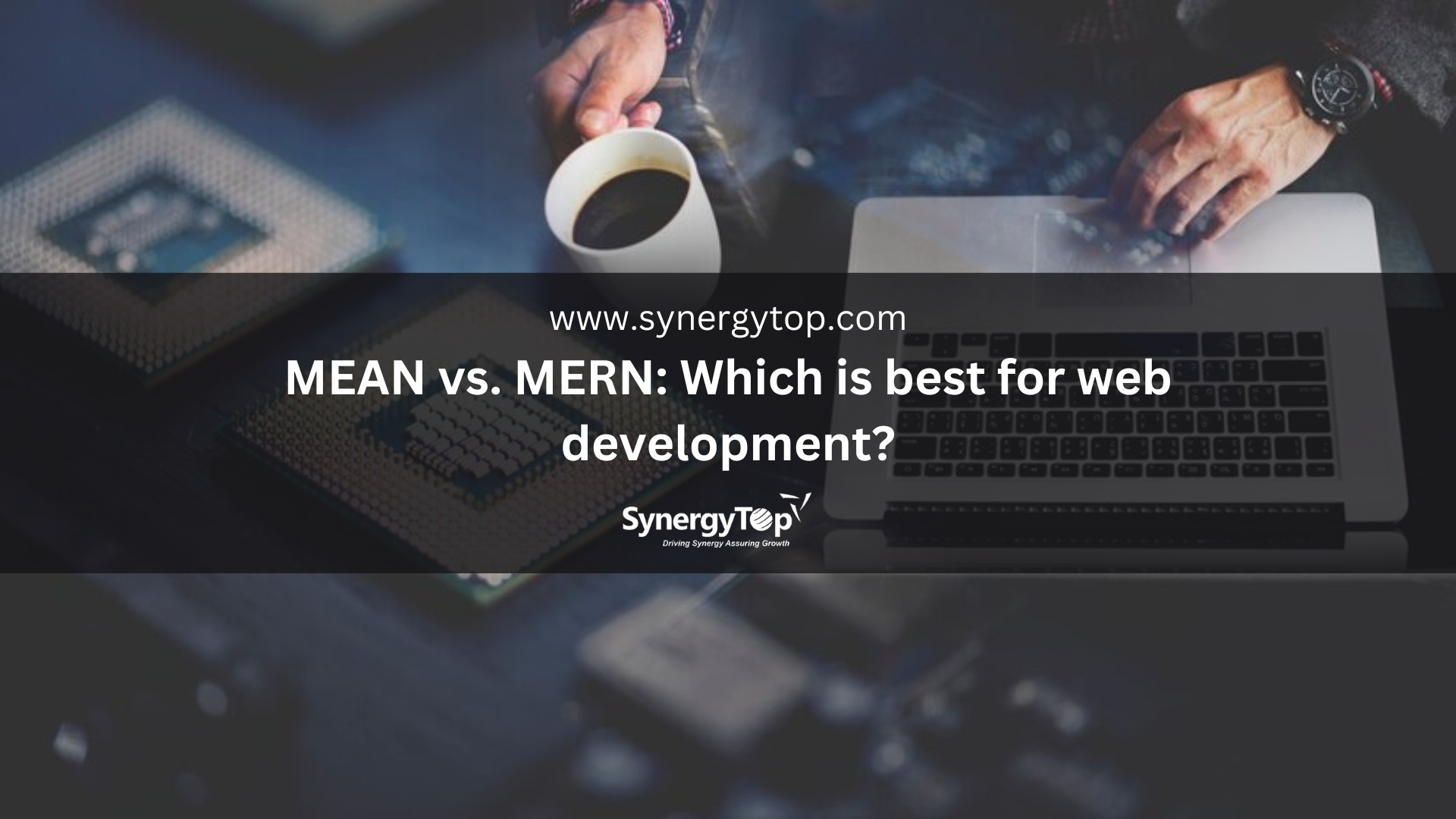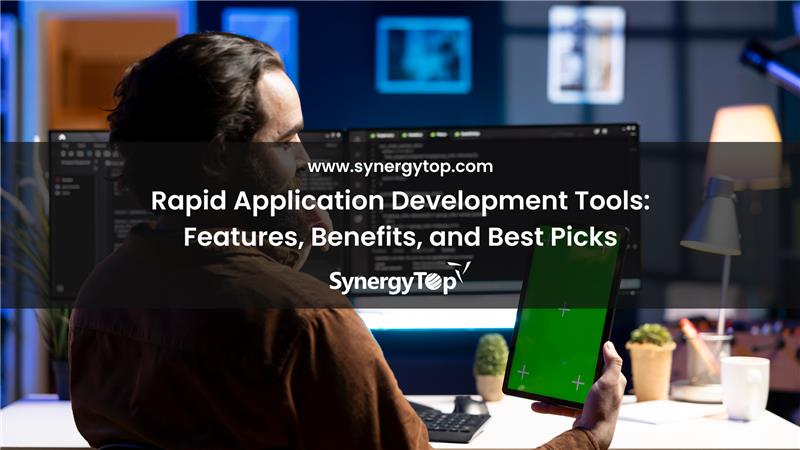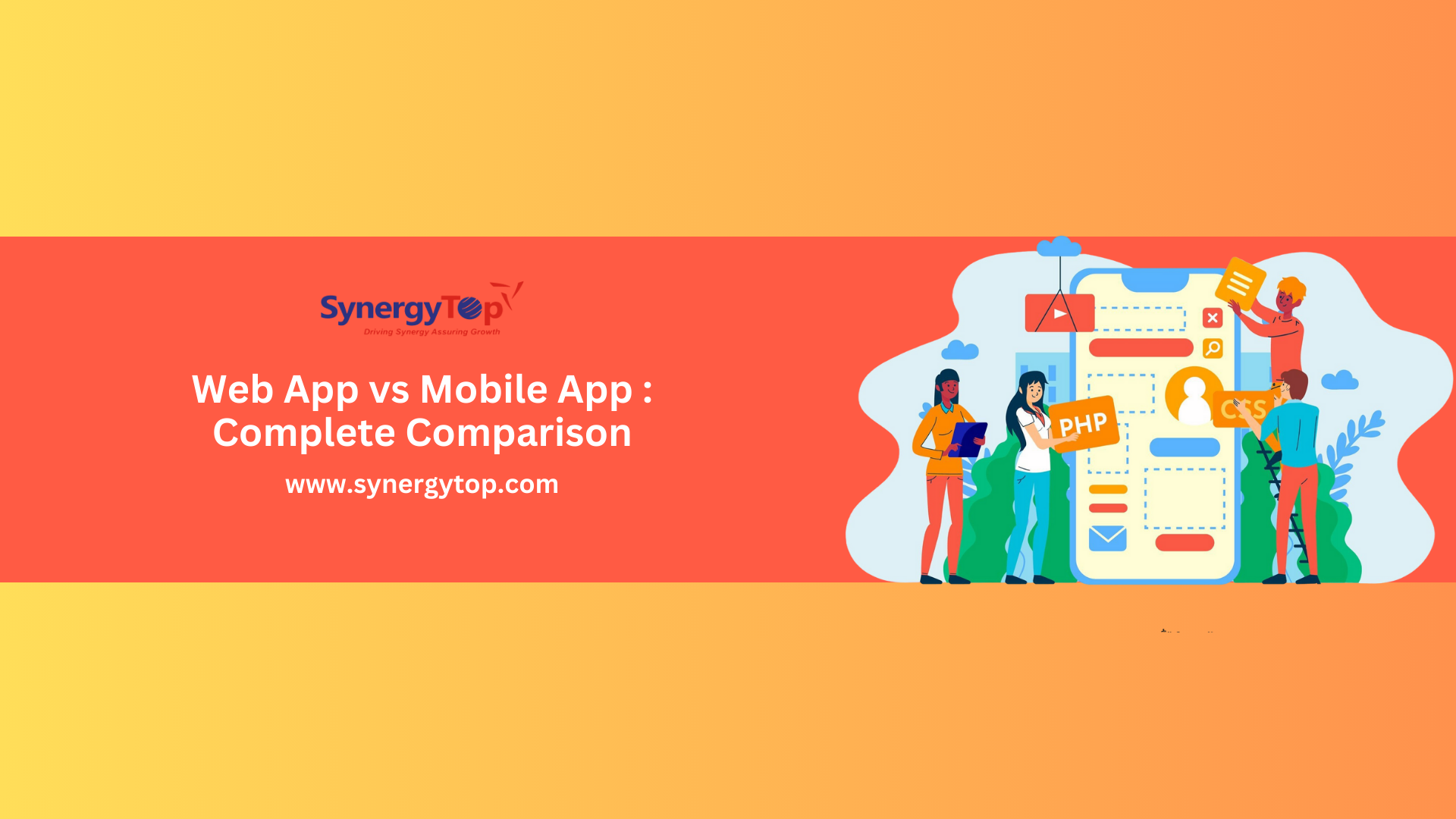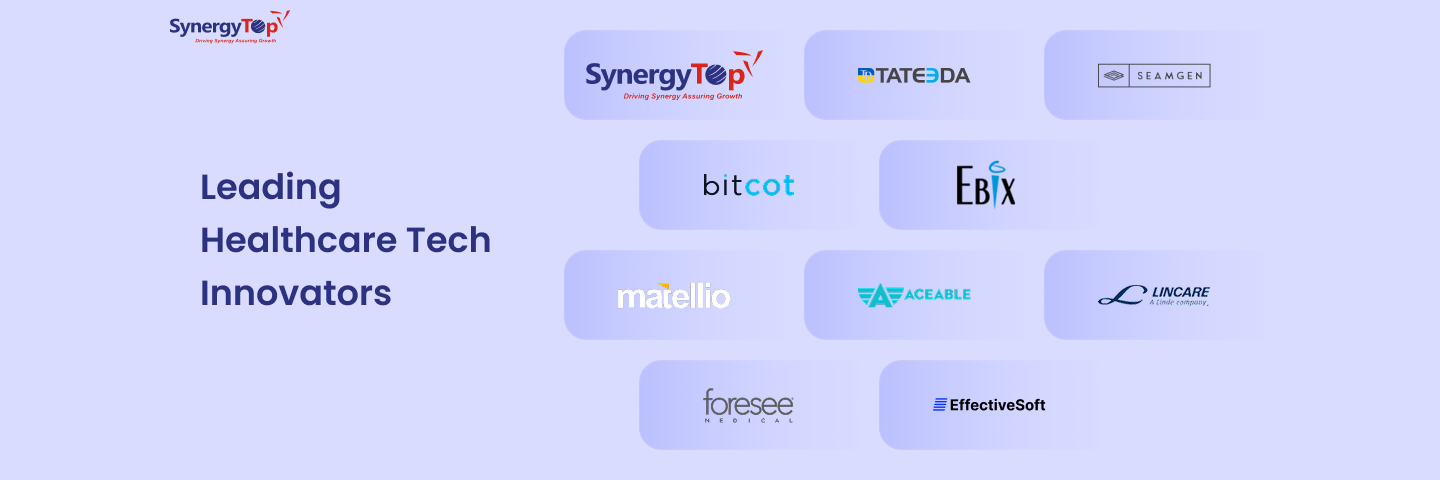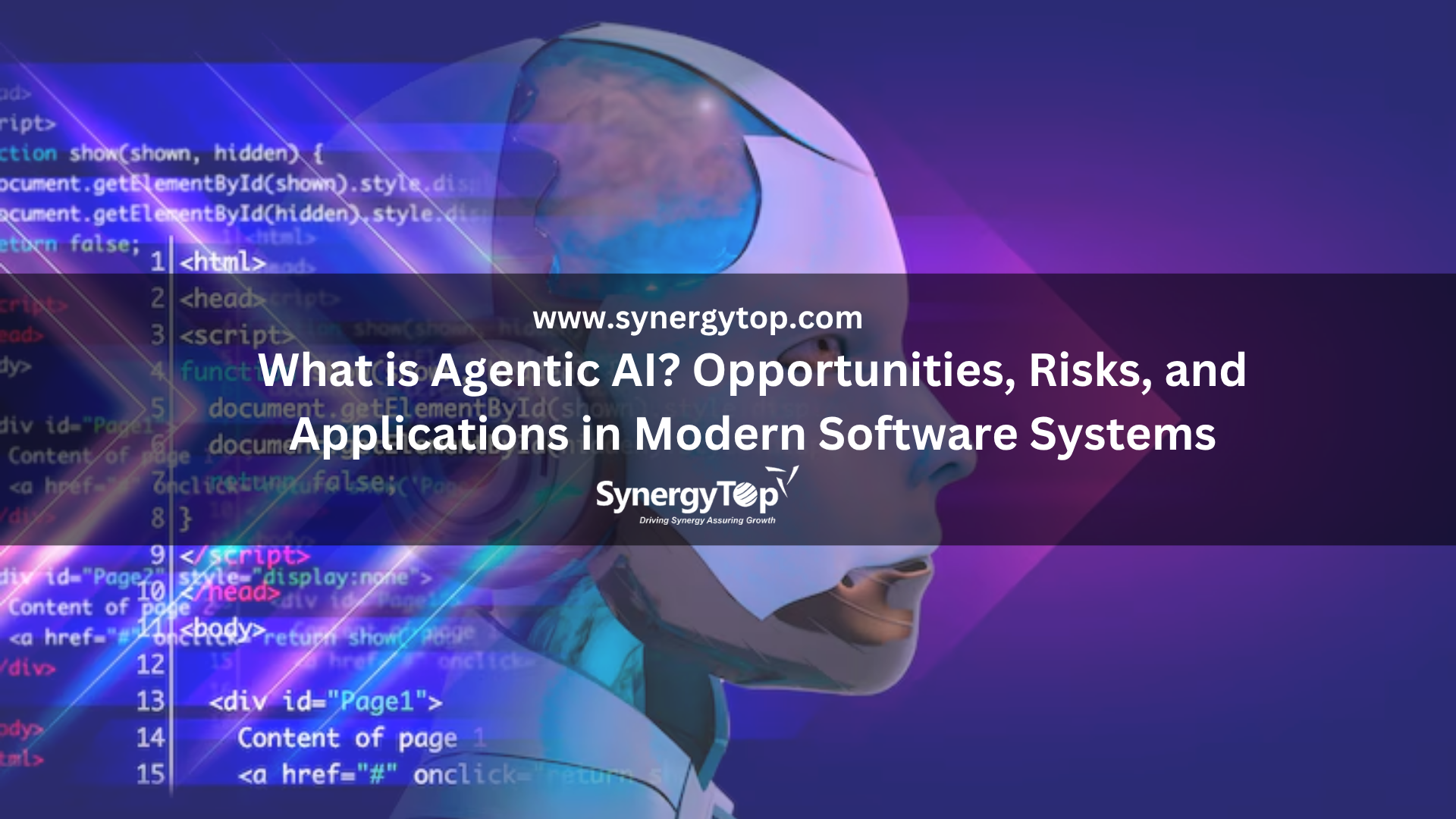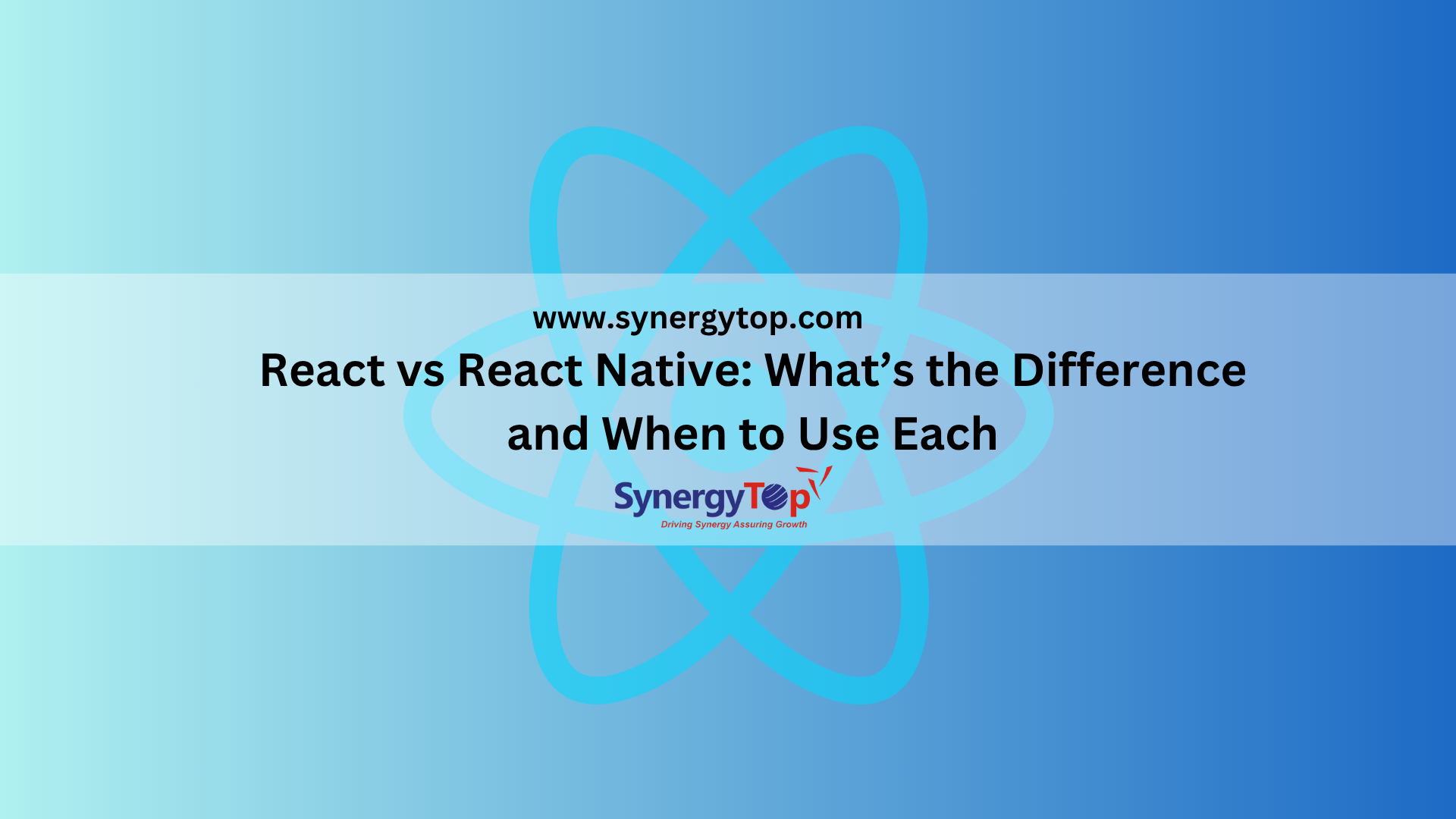“He that would perfect his work must first sharpen his tools.”
By 2028, the global web development market will be worth USD 96,748.41 million.
This means that you are not the only one planning to get a website or web app developed in 2024. It also means, that if you are already serious about web development, now is the time to get started.
However, don’t frantically jump on the bandwagon. Before you can get the development started, identify the right tech stack for your project.
Of course, if you are gearing up for web development, you must be aware of the MEAN vs. MERN stack debate.
While some web developers and tech teams swear by the MERN stack, others won’t budge from the MEAN stack. For business owners, however, this poses a serious concern.
What Is A Tech Stack?
Web development projects aren’t like 1-ingredient meals. 1 technology or tool would never be sufficient.
It requires multiple tools and technologies for successful implementation.
A technology stack, commonly called a tech stack, is a combination of software tools, programming languages, frameworks, and libraries that work together to build and deploy a website or a web application.
Usually, a tech stack has the following components:
- Front-end
- Manages the user interface and interaction on the client-side.
- Ensures a visually appealing and interactive experience in the web browser.
- Back-end
- Handles server-side operations, such as data processing, business logic, and communication with databases.
- Responds to requests from the front-end.
- Database Management System (DBMS)
- Manages data storage, retrieval, and organization.
- Ensures data integrity and provides an efficient structure for storing and querying information.
- Web Server
- Directs incoming requests from clients to the appropriate server resources.
- Facilitates communication between the front-end and back-end.
There may also be some Development and Deployment Tools used for streamlining the development process. They are used for version control, package management, and automating building, testing, and deployment.
Now, there are several frontend and backend technologies, several web servers, and many databases. Thus, an infinite number of tech stacks can be created to suit the diverse needs of different web development projects.
The most common ones, however, are MEAN and MERN stack.
In this blog, we will walk you through these popular tech stacks and help you choose the one that best suits your project’s requirements.
Finding The Right Tech Stack For Web Development: MEAN Stack vs. MERN Stack
Before we compare MEAN vs. MERN stack for web development, let’s take a look at what tools and technologies these stacks include and their advantages.
Introduction to MERN Stack
The MERN stack empowers developers with a full JavaScript technology suite, fostering the creation of dynamic and scalable web applications.
The MERN stack includes the following technologies:
- MongoDB: A NoSQL database that stores data in a flexible, JSON-like format.
- Express.js: A server-side framework for building scalable and maintainable web applications.
- React: A powerful JavaScript library for building user interfaces, particularly single-page applications.
- Node.js: A JavaScript runtime that executes server-side code, facilitating the development of scalable and high-performance applications.
The key advantages of using MERN stack include:
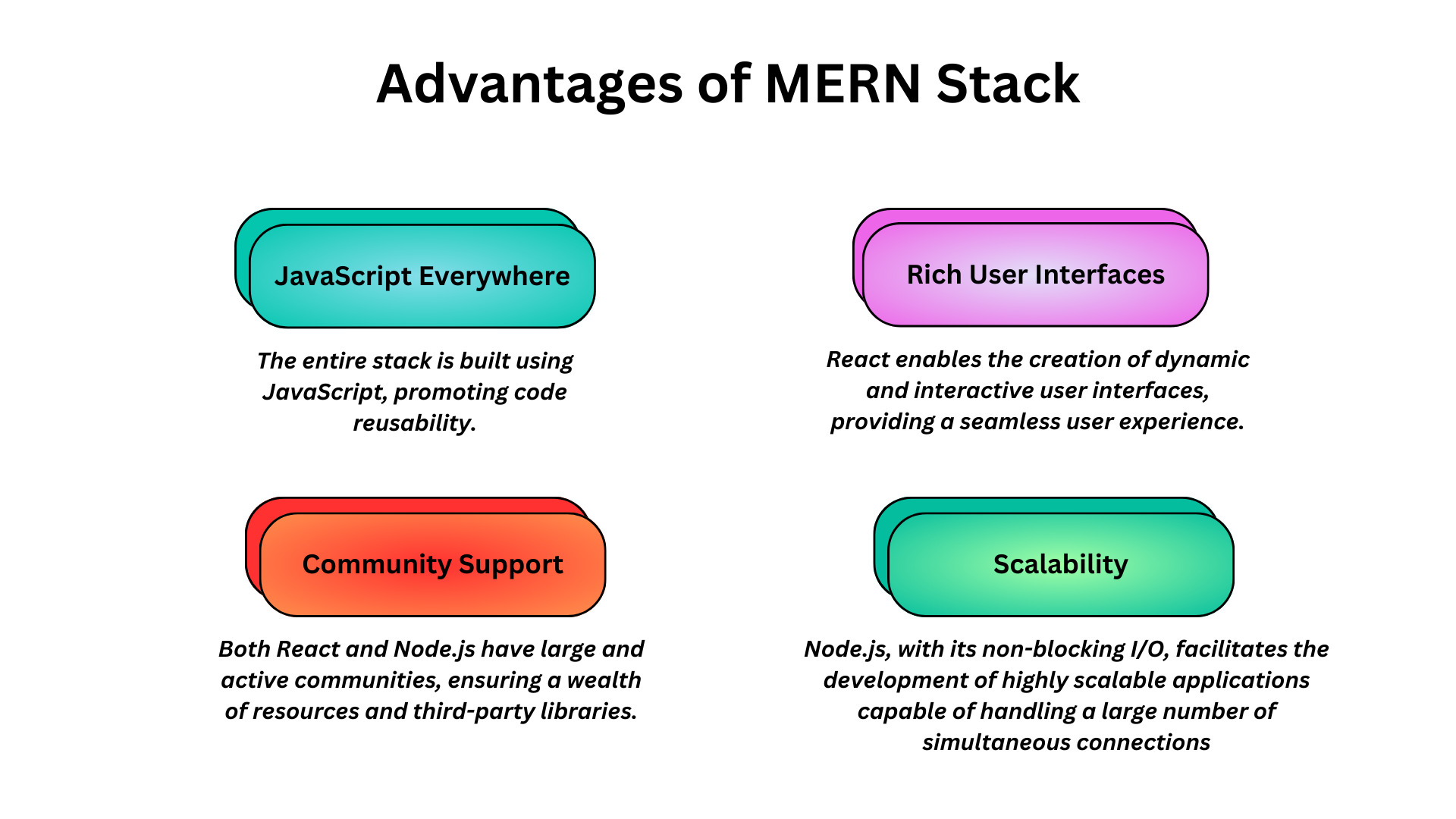
Introduction to MEAN Stack
The MEAN stack also embraces a full-stack JavaScript approach, combining the strengths of powerful front-end and back-end technologies for building robust and modular web applications
The MEAN stack includes the following technologies:
- MongoDB: The NoSQL database that stores data in a JSON-like format.
- Express.js: A server-side framework for building robust and scalable web applications.
- Angular: A comprehensive front-end framework for building dynamic and feature-rich user interfaces.
- Node.js: A JavaScript runtime that executes server-side code, fostering the development of scalable and high-performance applications.
The key advantages of MEAN stack include:
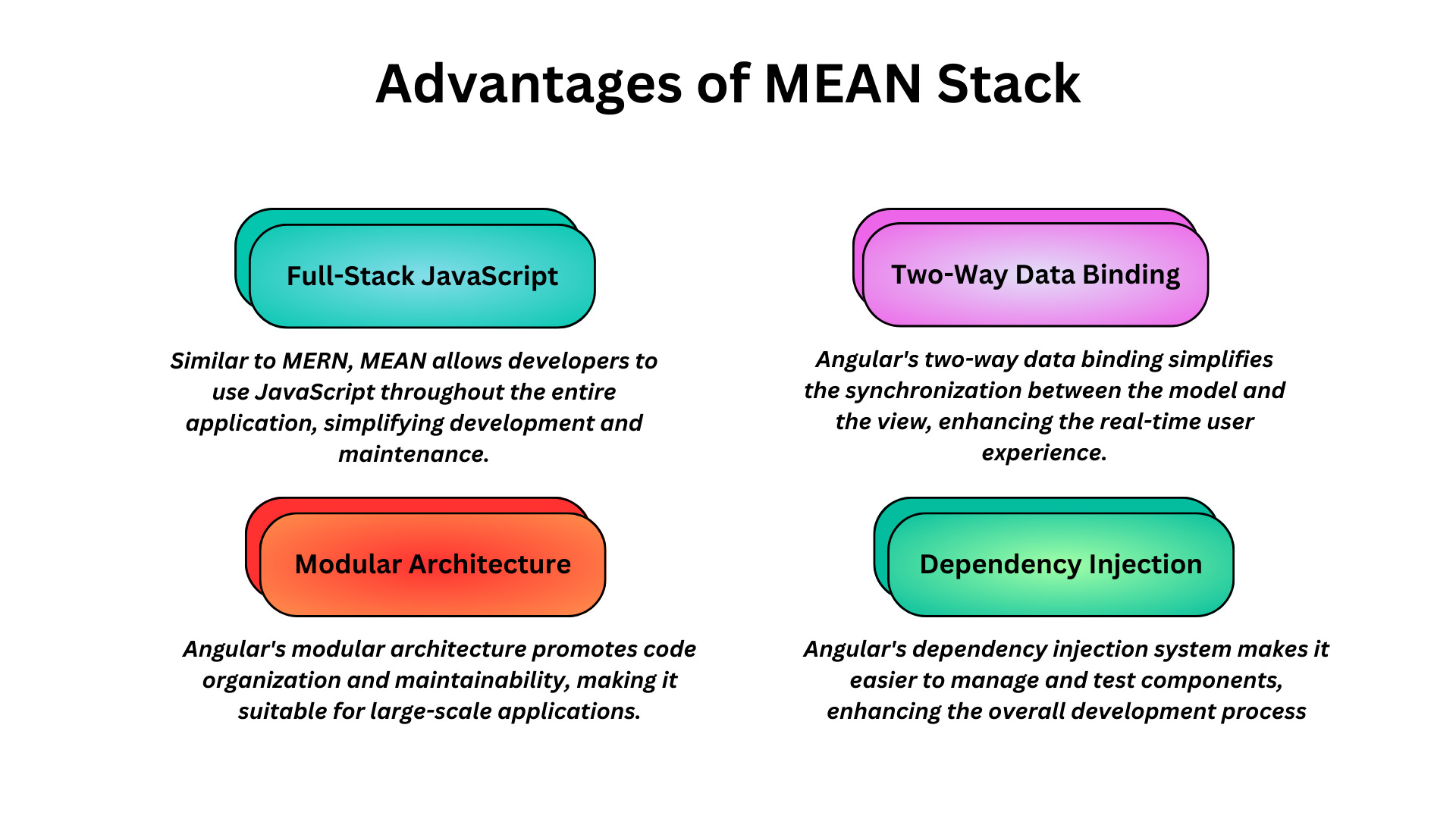
MERN vs. MEAN: Which Stack Should You Choose?
When faced with the decision of MEAN stack vs. MERN stack, the ultimate determinant often boils down to whether you choose Angular or React for your front-end development.
You can explore the key differences between Angular and React in our blog:
Angular or React – Which Front-end Development Technology Should You Use?
The blog will walk you through the differences between the two technologies and how you can decide which one is better suited for your needs.
To delve deeper into this crucial decision-making process, we’ve outlined some factors to consider to decide the answer to MEAN stack vs. MERN stack.
Factors To Consider When Choosing Between MEAN stack vs. MERN stack
Below are some of the factors that you should look into while considering MERN stack vs. MEAN stack
1. Project Scale and Architecture
MEAN and MERN stacks have different strengths regarding enterprise-level applications or smaller, niche projects. So start by considering the scale and architecture of your project.
For large-scale applications with complex architecture requirements, MEAN stack's support for MVC architecture makes it a preferable choice.
Conversely, MERN stack, with React's ability to handle rapid data changes, is well-suited for smaller, dynamic projects or prototypes.
2. User Interface (UI) Requirements
Evaluate the UI essentials your project demands, as the stacks differ in their approach to generating and displaying user interfaces.
If you need a sophisticated yet user-friendly UI, MERN stack's React is known for its efficiency in rendering dynamic and seamless user interfaces.
MEAN stack may be more suitable for applications requiring a structured and organized UI.
3. Third-party Support and Integration
MEAN and MERN stacks employ different approaches and technologies for handling third-party functionalities. So don't forget to assess the third-party support and integration needs of your project.
MEAN stack provides default features for third-party support and seamless connectivity to the backend.
In contrast, MERN stack may require additional configuration for similar functionalities.
4. Development Speed and Flexibility
How fast and flexible you want the project to be should also be considered.
If your project demands rapid development and the flexibility to adapt to changing requirements, MERN stack is renowned for its ability to facilitate quick code development. MEAN stack may be more suitable for projects where stability and a structured development process take precedence.
5. Performance
Performance is a critical factor that directly influences user experience and the overall efficiency of a web application. The performance of MEAN and MERN stack can be evaluated based on factors such as rendering speed, response times, and scalability.
MEAN stack, leveraging Angular for the front end and Node.js for the back end, is recognized for its robust performance, especially in handling complex enterprise-level applications.
Meanwhile, MERN stack, with React's virtual DOM and Node.js, excels in delivering high-performance applications, particularly those requiring real-time updates and dynamic interfaces.
The above factors should be able to help you find a logical conclusion to the MERN vs. MEAN stack debate.
Bottom Line
No single framework is the perfect answer to all business objectives. Thorough research of features, alignment with rapid development requirements, and a diligent selection process are essential.
Using the above factors, you should compare the MERN vs. MEAN stack based on your project-specific requirements. However, if you are still confused and don’t have a reliable answer to the MERN vs. MEAN stack questions, it is best to talk to experts.
Expert full-stack development companies can help you understand the specifics of the MERN stack vs. MEAN stack. They will help you understand the various pros and cons of MEAN and MERN stack and find the most suitable options
For personalized guidance, consider scheduling a free consultation with SynergyTop’s full-stack development team and settle the MERN vs. MEAN debate.


